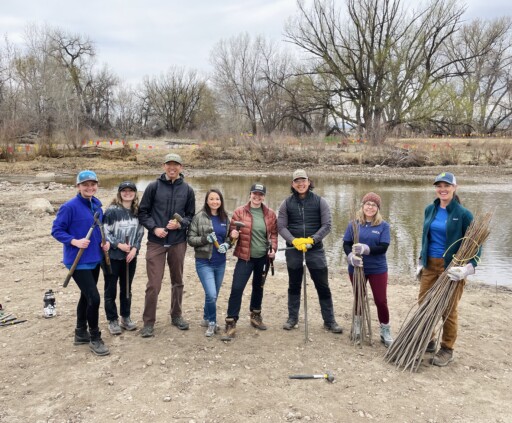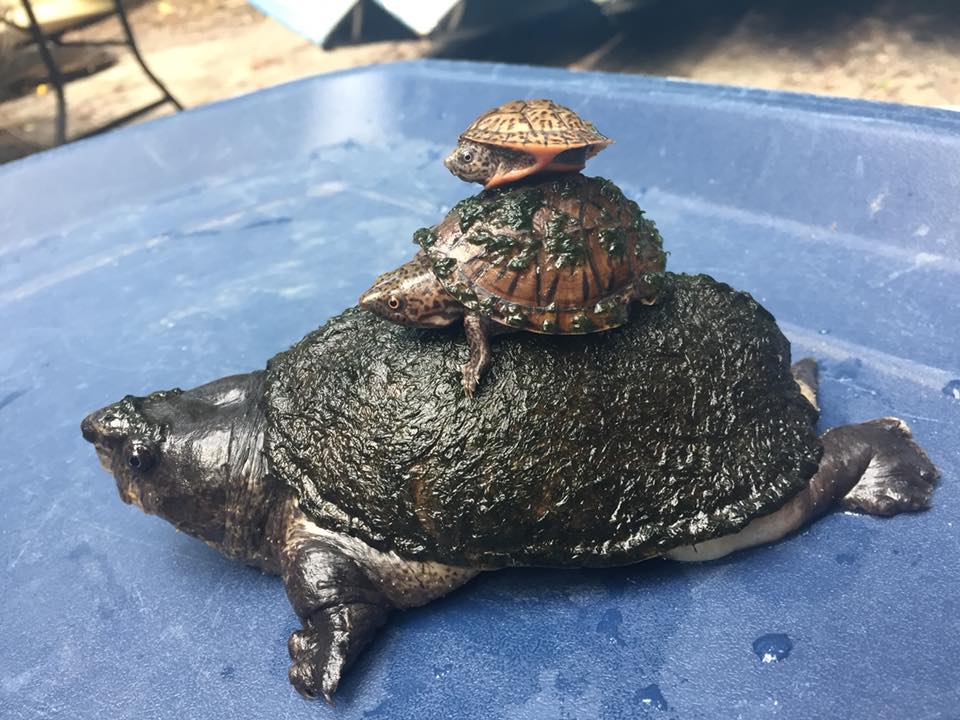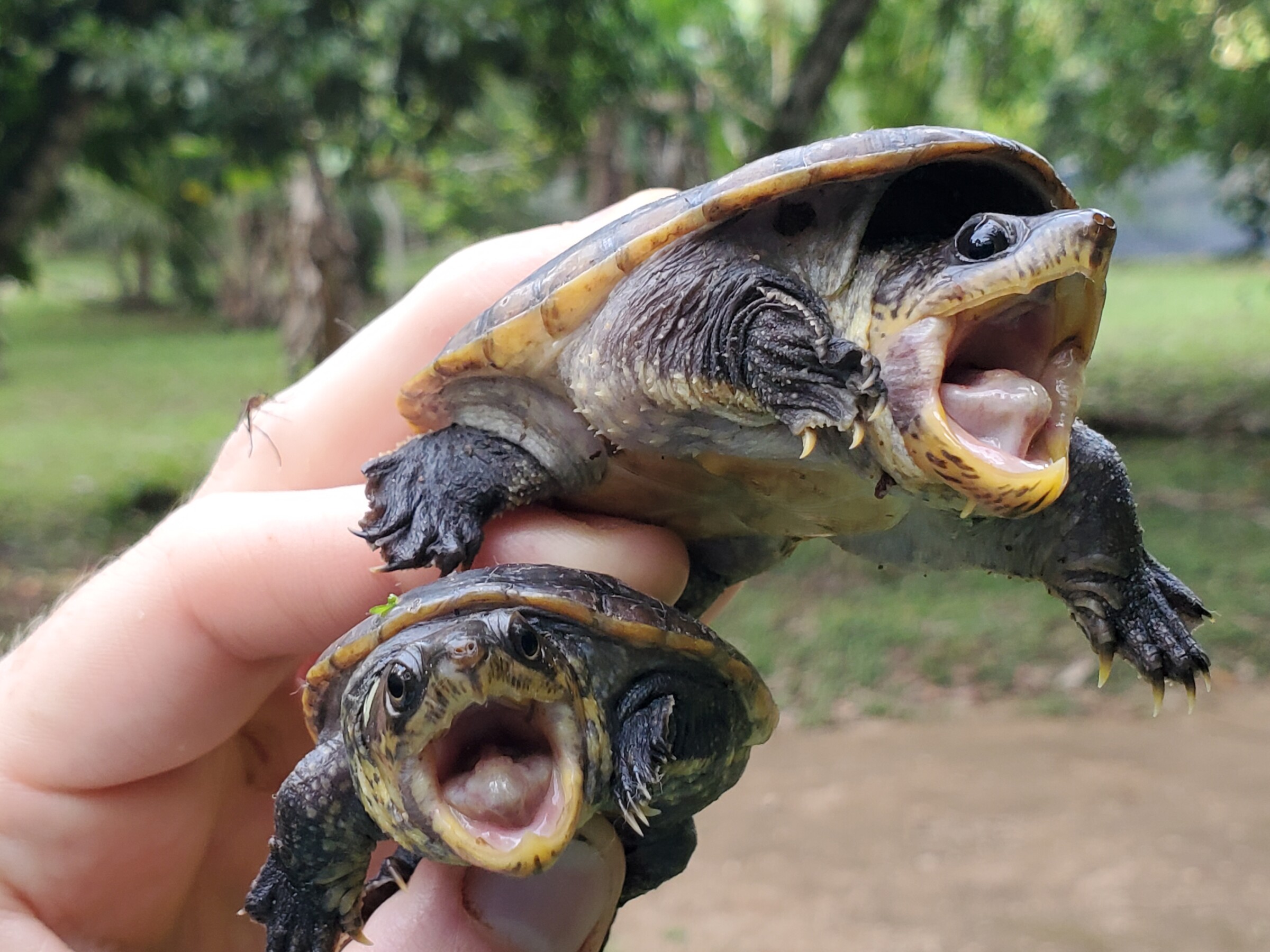2025
Comparably’s Best Company Outlook
* Providing engineering services in these locations through SWCA Environmental Consulting & Engineering, Inc., an affiliate of SWCA.

From the experts we hire, to the clients we partner with, our greatest opportunity for success lies in our ability to bring the best team together for every project.
That’s why:

At SWCA, sustainability means balancing humanity’s social, economic, and environmental needs to provide a healthy planet for future generations.

SWCA employs smart, talented, problem-solvers dedicated to our purpose of preserving natural and cultural resources for tomorrow while enabling projects that benefit people today.

At SWCA, you’re not just an employee. You’re an owner. Everyone you work with has a stake in your success, so your hard work pays off – for the clients, for the company, and for your retirement goals.
Eric Munscher Publishes Research on Sexual Dimorphism, Metal Ingestion, and Population Structure in Turtles
Eric Munscher, natural resources director out of our Houston office, recently published three impactful research articles in Hydrobiologia, Journal of Animal Ecology and Herpetology Notes. His work spans critical topics in turtle ecology and conservation, including metal ingestion, growth dynamics, and population structure in long-lived species.

In Hydrobiologia, Eric co-authored “Multivariate Sexual Size Dimorphism in the Florida Softshell Turtle (Apalone ferox)”, a study based on 16 years of mark-recapture data from Wekiwa Springs State Park. The research reveals significant differences in growth patterns between male and female turtles, with females growing larger but maturing much later. These findings shed light on the evolutionary pressures shaping body size in long-lived vertebrates and emphasize the role of protected habitats in supporting reproductive success.
In the Journal of Animal Ecology, Eric contributed to a large-scale study titled “Does a Lack of Juveniles Indicate a Threat? Understanding Body Size Distributions in a Group of Long-Lived Vertebrates.” Analyzing data from over 41,000 freshwater turtles across 428 populations, the research challenges the assumption that low juvenile counts signal population decline. The team found that adult-skewed size distributions are typical for stable turtle populations due to high juvenile mortality and long lifespans. The study offers a global benchmark for interpreting turtle demographics and highlights the importance of robust sampling and consistent methodology in conservation assessments.
Most recently, in Herpetology Notes, Eric co-authored “Use of a Handheld Metal Detector to Evaluate Metal Ingestion in the Alligator Snapping Turtle (Macrochelys temminckii)”, introducing a non-invasive field protocol to assess hook ingestion in wild-captured turtles. Among 71 individuals sampled in East Texas, 16.9% showed evidence of ingested metal, including confirmed fishing hooks. The study underscores the widespread impact of recreational fishing on this species and provides a practical tool for conservation managers to monitor threats and inform recovery efforts.
